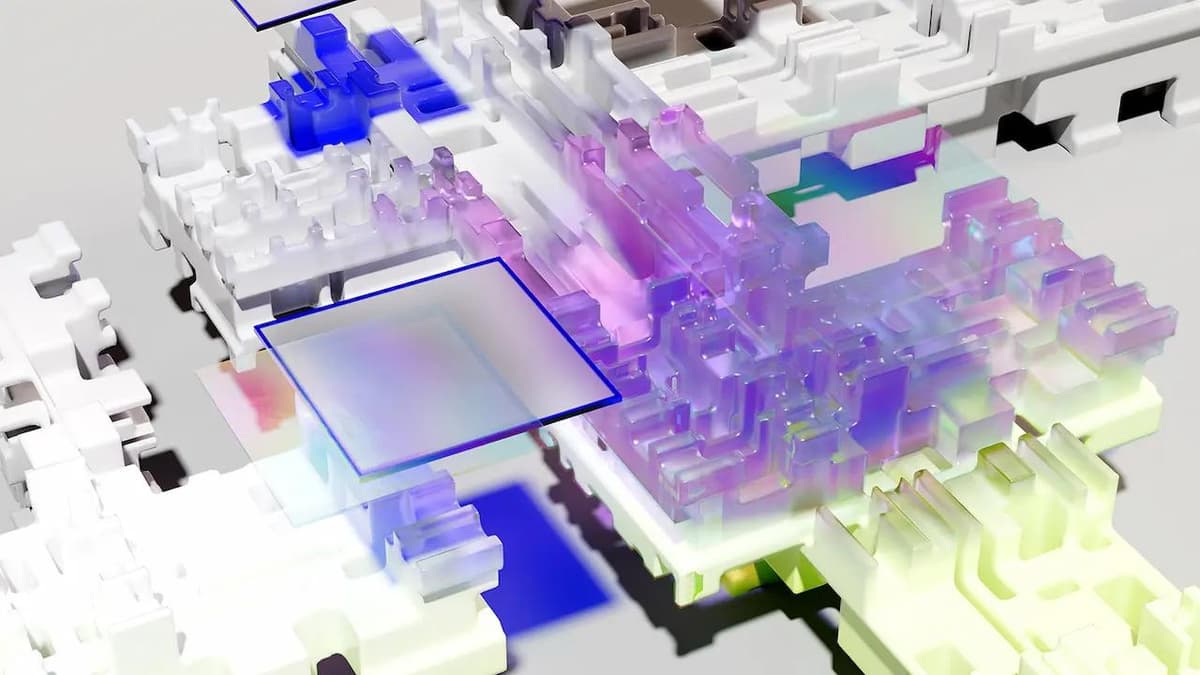How to List Keyspaces in Cassandra?
You're getting started with Apache Cassandra and you've successfully set up your database. You may be wondering, "How can I view all the keyspaces in my Cassandra cluster?" Fear not, for I'm here to guide you through the process!
Keyspaces in Cassandra are essentially containers that hold column families, which in turn store your data. They are conceptually similar to databases in traditional relational databases. To list all the keyspaces in your Cassandra cluster, you can use the CQL (Cassandra Query Language) shell.
First things first, make sure you have Cassandra installed and running on your system. Once you have that set up, follow these steps to list all the keyspaces:
Step 1: Accessing the CQL Shell
To begin, open a terminal window and navigate to the directory where Cassandra is installed. From there, you can start the CQL shell by running the following command:
Html
This will launch the CQL shell and connect you to your local Cassandra instance.
Step 2: Listing Keyspaces
Now that you're in the CQL shell, you can execute the following command to view all the keyspaces in your Cassandra cluster:
Sql
Running the above command will return a list of all the keyspaces present in your Cassandra cluster. Each keyspace represents a separate logical database within the cluster.
Step 3: Understanding the Output
When you run the DESCRIBE KEYSPACES; command, you will see a list of keyspaces along with additional information like the replication strategy used for each keyspace. The output will look something like this:
Html
Here, system_auth, system_schema, and system are system keyspaces that Cassandra uses internally. The my_keyspace listed here is an example of a user-created keyspace.
Step 4: Exploring Keyspaces Further
If you want to dive deeper into a specific keyspace and view its schema, you can use the following command:
Sql
Replace keyspace_name with the name of the keyspace you want to explore. This command will display the schema of the specified keyspace, including information about tables, columns, and data types.
By following the steps outlined above, you can easily list all the keyspaces in your Cassandra cluster and gain a better understanding of the database structure. Whether you're a beginner exploring Cassandra for the first time or an experienced user looking to manage multiple keyspaces, this guide should help you navigate the world of keyspaces effortlessly. Good luck on your Cassandra journey!
Mastering Cassandra is a journey that requires practice and experimentation. Continuously exploring keyspaces and leveraging the full power of CQL will empower you to build robust and scalable databases that meet your application's needs.
Go ahead, dive into your Cassandra cluster, explore the keyspaces, and unlock the potential of this powerful NoSQL database system!












